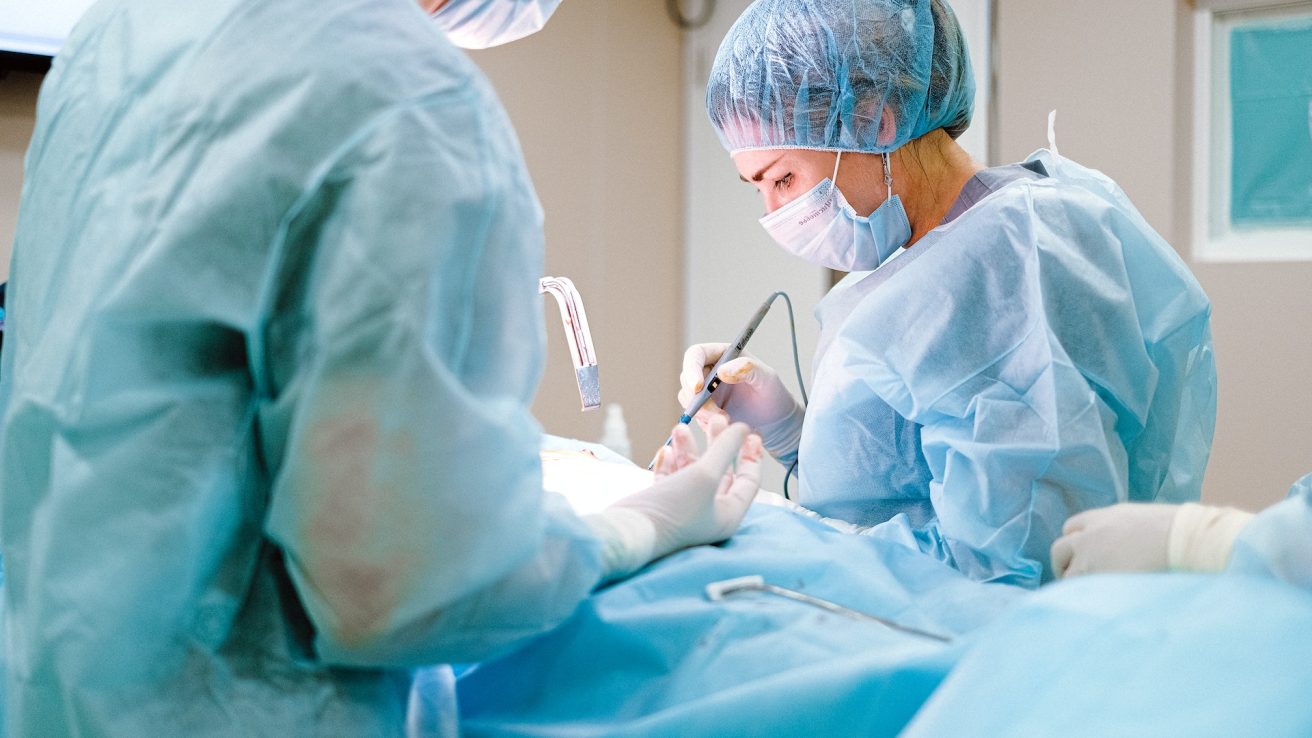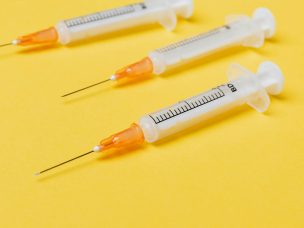Visceral fat area is an independent risk factor for incisional hernia after transumbilical single-port laparoscopic surgery.
Transumbilical single-port laparoscopic surgery (SPLS) is a sophisticated laparoscopic technique with significant cosmetic advantages. However, it increases the risk of incisional hernia (IH), especially in obese patients. Obesity, as a risk factor for IH after SPLS, can contribute to impaired wound healing, increased abdominal pressure, and technical difficulties in closing the rectus fascia.
Body mass index (BMI) is a commonly used but indirect and sometimes inaccurate marker for obesity. Computed tomography (CT) scans provide a more accurate and reliable assessment of abdominal fat composition, essential in identifying patients at high risk for IH. By focusing on the link between visceral adipose tissue (VAT) and IH, clinicians can better evaluate and manage the risks associated with obesity in patients undergoing SPLS. According to a publication in the Asian Journal of Surgery, having visceral obesity is identified as an independent factor that can increase the risk of experiencing IH following SPLS.
The study examined the demographics and characteristics of two patient groups undergoing transumbilical SPLS. The group experiencing IH had higher median age and BMI than the control group. Patients with IH were also more likely to have underlying dyslipidemia. However, no differences were observed in operation time and estimated blood loss.
Higher Visceral Fat Area Found in IH Group Compared to Control Group
Analyzing abdominal fat distribution, researchers found that the visceral fat area (VFA) was significantly higher in the IH group compared to the control group, while there was no statistical difference in the subcutaneous fat area (SFA) between the two groups. Other parameters, such as total fat area, visceral-to-subcutaneous fat ratio, and waist circumference, were also higher in the IH group.
Visceral Fat’s Role in Incisional Hernia Risk after Laparoscopic Surgery
Obesity has long been recognized as a risk factor for incisional hernia. However, it was unclear which of the two main compartments of body fat: subcutaneous adipose tissue and VAT, is associated with IH development. This study found that VFA is an independent risk factor for IH after SPLS, whereas elevated SFA showed no association with IH.
The Indirect Impact of Hormonal Changes on Incisional Hernia Development
The decline in estrogen and progesterone levels due to aging and menopause contributes to the redistribution of adipose tissue and an increase in visceral fat. As a result, advanced age and menopause may indirectly affect the development of incisional hernias.
Clinical Implications and Limitations
The study is the first to suggest VFA as a potential marker for predicting IH after SPLS. As VFA measurement can be easily performed with preoperative CT scans, it could be adopted into clinical practice for classifying high-risk IH groups. However, the study had some limitations, such as its retrospective design and the lack of VFA measurement in all patients included in the control group.
Future Research Directions
In conclusion, high VFA was an independent risk factor for IH in patients undergoing SPLS for gynecologic disease. Future studies should focus on evaluating the prediction accuracy and effectiveness of VFA measurement on IH prevention.
Source:
Yoo, J. G., Ki, E. Y., Kim, S. M., Chung, Y. H., Kang, H. J., Jung, G., Hwang, I. S., & Jeung, I. C. (2023). Visceral obesity as a risk factor of incisional hernia after single-port laparoscopic gynecologic surgery. Asian Journal of Surgery, 46(2), 829-833. https://doi.org/10.1016/j.asjsur.2022.08.085









